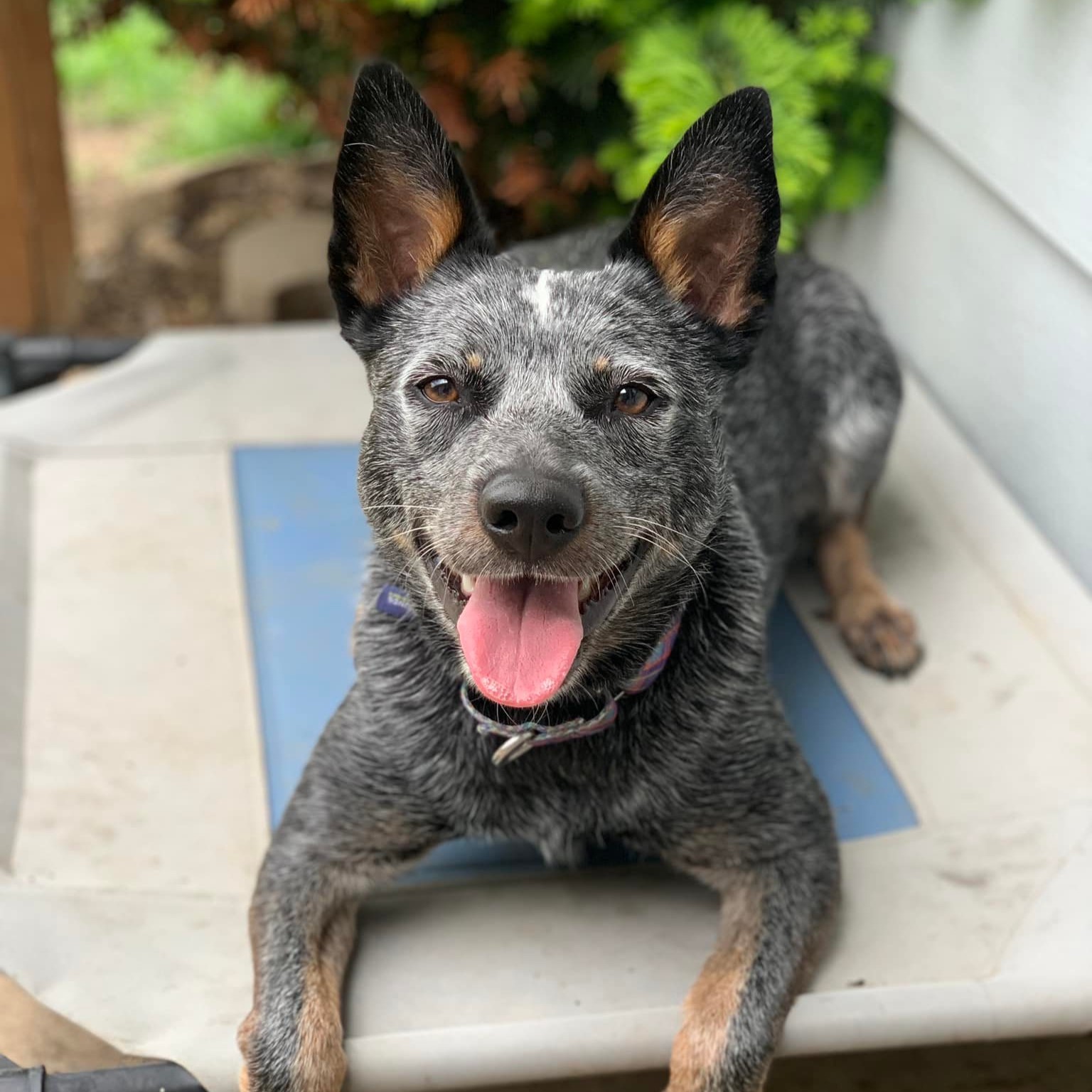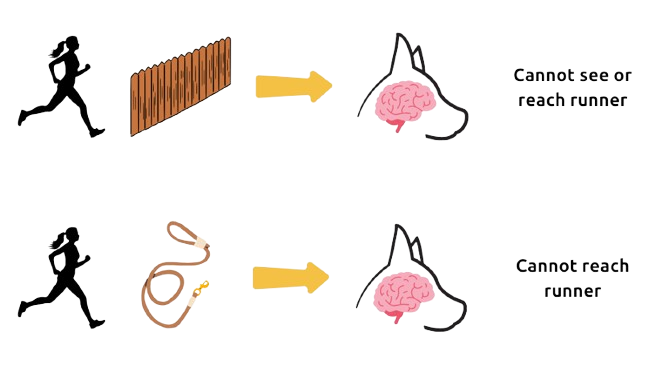Introduction to Concept Training
Published on February 10, 2025

A Way for Dogs to Learn and Grow
When we think about dog training, we often picture teaching specific cues like “sit” or “stay.” But what if training went beyond commands? What if, instead, we focused on helping our dogs develop the skills they need to confidently navigate life in a human-centric world?
Welcome to concept training!
Concept training strengthens the underlying skills that help dogs succeed in everyday life. Many of the struggles dog owners face—such as fearful behaviors, jumping on visitors, or reacting on leash—aren’t just about teaching the right cues. They’re about building core skills like confidence, optimism, impulse control, and flexibility.
While concept training does include cues and specific behaviors, the focus is on developing the cognitive and emotional skills that allow dogs to generalize learning, make better choices, and more easily adapt to different situations. By improving these foundational skills, dogs are set up for long-term success—not just in training sessions, but in everyday life as a member of your family.
Defining Behavior & Concepts
Before we take a look at concept training, we need to start at the beginning. What are we trying to do? What is our goal? We want to train dogs. To modify behavior. So, let’s define behavior.
According to the American Psychological Association, behavior can be defined as:
“An organism’s activities in response to external or internal stimuli, including objectively observable activities, introspectively observable activities (see covert behavior), and nonconscious processes.”
In other words, behavior is the way in which an individual acts in response to a particular situation or stimulus. It’s how your dog reacts to things.

Because behavior depends on both the situation and the individual, we can modify it in two ways:
- Change the situation: Management allows us to modify the environment, limiting opportunities for undesirable behavior. This is why a management plan is a critical component of dog training. Effective management prevents the dog from making the “wrong” choice.
- Change the individual: While managing the environment is essential, it’s only half the equation. To create lasting behavioral change, we also need to work with the dog’s internal thought processes. We do this through concept training!

Understanding Concepts
The individual is your dog, and every dog has a brain.
A dog’s brain is shaped by a variety of influences, such as genetics, health, past experiences, and learning history. Just like humans can develop patience or resilience, dogs can build skills like engagement, confidence, impulse control, and mental flexibility through repeated practice.
A dog’s personality is shaped by their concepts. By developing the right concepts—like optimism, disengagement, and impulse control—we help dogs make better choices in daily life.

What Exactly Are Concepts?
Concepts describe behavioral tendencies—a few examples include focus, grit, tolerance of frustration, disengagement (shifting attention away from something), and susceptibility to reinforcement (how easily a dog learns from rewards).
These traits are not fixed; they are shaped by life experiences.
And the good news? Because concepts can be influenced, they can be changed. No matter where your dog is starting from, they have the ability to grow.
- Nervous dogs can build confidence.
- Impulsive dogs can develop tolerance for frustration.
- Easily distracted dogs can improve focus.
Back to Concept Training
Concept training focuses on the dog’s broader cognitive skills (also known as concepts). Rather than teaching behaviors only within a single context, concept training helps dogs generalize ideas so they can apply them in new situations.
A good analogy is how kids learn sports. Instead of only memorizing specific plays, they practice drills and games to improve their fitness, agility, coordination, and teamwork. These foundational skills make them better at the sport as a whole. Similarly, concept training uses games and structured experiences to help dogs “flex their mental muscles” and become more resilient learners.
The Science Behind It
The phrase "neurons that fire together, wire together" explains how repeated experiences shape the brain. When a dog practices a skill over and over, their brain strengthens the neural pathways that support that behavior. This is called neuroplasticity, and it's a reason consistent training leads to lasting improvement.
By playing optimism-building games, you help rewire your dog’s brain to see new experiences in a more positive light.
For example, if a dog regularly plays Mouse (a game that strengthens impulse control), they’re not just learning to play Mouse—they’re developing impulse control and working to lower their tolerance for frustration. They’re building a stronger foundation for making better choices in daily life. The more they practice, the easier it becomes for them to exhibit that behavior, even in challenging situations.
Is that even possible?
Yes, yes it is!
The concept of Optimism is also known as positive “cognitive bias.” (Pessimism would be negative cognitive bias.) Research by Dr. Charlotte Duranton (Ethodog) and Dr. Alexandra Horowitz (Barnard College) in 2019 found that dogs engaging in nosework training showed increased optimism, measured through cognitive bias testing.
This suggests that certain activities can actively reshape a dog’s emotional responses.
.svg)
Read more here:
What Does This Look Like in Real Life? Training games!
A concept-based trainer addresses problem behaviors by identifying key concepts that need to be developed and strengthened. These concepts are built through training games designed specifically for each dog and their family’s goals.
These training games are customizable, engaging, and easily integrated into everyday life. Training doesn’t require long, structured sessions—these games are played in short bursts of 3 minutes or less, helping dogs strengthen essential skills over time.
How you play the game is how you live life. Concepts shine through!
For example, my Kizmo struggles with mental flexibility and disengagement. When we play Toy Switch, he used to fixate on one toy and resist switching to another. But through structured play, he’s learning to adapt and disengage more easily. My Jesse, on the other hand, naturally excels in these areas—she quickly shifts her focus and engages with whatever toy is offered.
Again, practice makes progress. By playing these short, 3-minute games, you are helping your dog to form new (and strengthen existing) neural pathways.
To change behavior, we shape the brain.
We shape the brain by playing games.
Curious about how concept training can benefit your family?
Let’s chat! These quick, 3-minute games fit into even the busiest schedules, making training easy, fun, and effective.
Reach out today for a free phone consultation to learn how concept training can help you and your dog!
Request Your Call